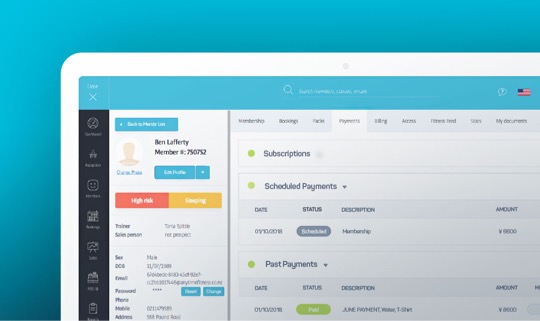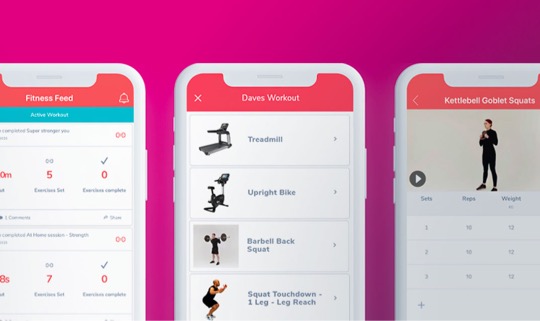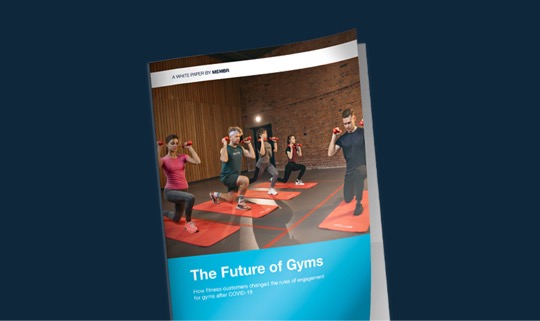Much of the population perhaps take it for granted now that wearables measure physical activity levels, but what about for those in wheelchairs? In an upcoming update, Apple Watch will now be suitable for wheelchair users too. Just as the Apple Watch can track the distance, speed, calories burned etc for its users who walk and run, wheelchair users will soon have this tracking available to them too. It’s said that the watch will also prompt its user to wheel or spin the chair around regularly to ensure activity levels remain at a healthy level.
This inclusivity could go someway in giving the Apple Watch a bit of a boost in sales, but it’s unlikely that it will see a big enough pick-up to compete with the number of sales from other standalone fitness trackers, such as Fitbit. For example, during the first three months of this year, three Fitbits were shipped worldwide for every Apple Watch (according to research by IDC). That said, the chief operating officer of Apple has said that this new feature update, making the watch inclusive for wheelchair users, is not about marketing opportunities: “We want to make products that serve every walk of life […] We realise that while it was great for messages on the wrist, we wanted to offer this group of people the same opportunity to get healthier using Apple Watch.”
The £270+ Apple Watch does appear to be the first fitness device to offer extensive wheelchair capabilities, which is pretty exciting news; GPS wristwatches can measure distance and speed fairly accurately, but calorie measurements assume moving the entire body and are therefore not suitable for wheelchair users. GPS devices also aren’t great for all-day tracking because of poor battery life. Previous scientific studies conducted with these wearables, regarding calorie burning, weren’t designed with wheelchair participants. Therefore, Apple has pretty much had to start from scratch with their research for this, now imminent, update to make their watch inclusive for wheelchair users. Apple partnered with two groups that promote physical fitness in disability populations and the two groups recruited about 300 people in wheelchairs for more than 3,000 hours of activity research!
Apple has had to consider a whole load of factors in their attempt to make their watch available to wheelchair users. For example, the fact that people push their wheelchairs differently when approaching a ramp or dodging an obstacle. Apple has also had to factor in different seat heights, wheel heights, as well as a range of different surfaces – like carpet compared to tarmac! And, some formulas change depending on whether the disability is from a spinal-cord injury or muscular dystrophy. The Apple Watch already has larger watch faces for the sight-impaired and a mono audio mode for those with hearing difficulties in one ear. The upcoming watch OS 3.0 update will also have an option for “displaying” the time using ‘morse code’ as well as other tactile feedback.
It certainly doesn’t look as though this was an easy update for Apple, but hopefully it’s one that provides further inclusivity, and can help wheelchair users to monitor activity levels and encourage more movement from a population that are unfortunately more sedentary due to the nature of being in a wheelchair. It’s a great concept, but I guess we’ll all just have to sit tight, wait for the update (and then the results!) to see whether or not it’s beneficial for wheelchair users, or whether it’s just a marketing ploy from Apple to boost their sales.













